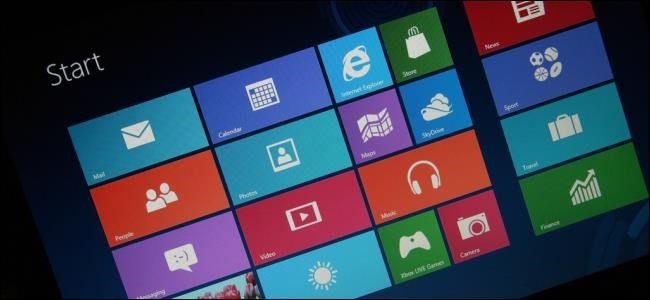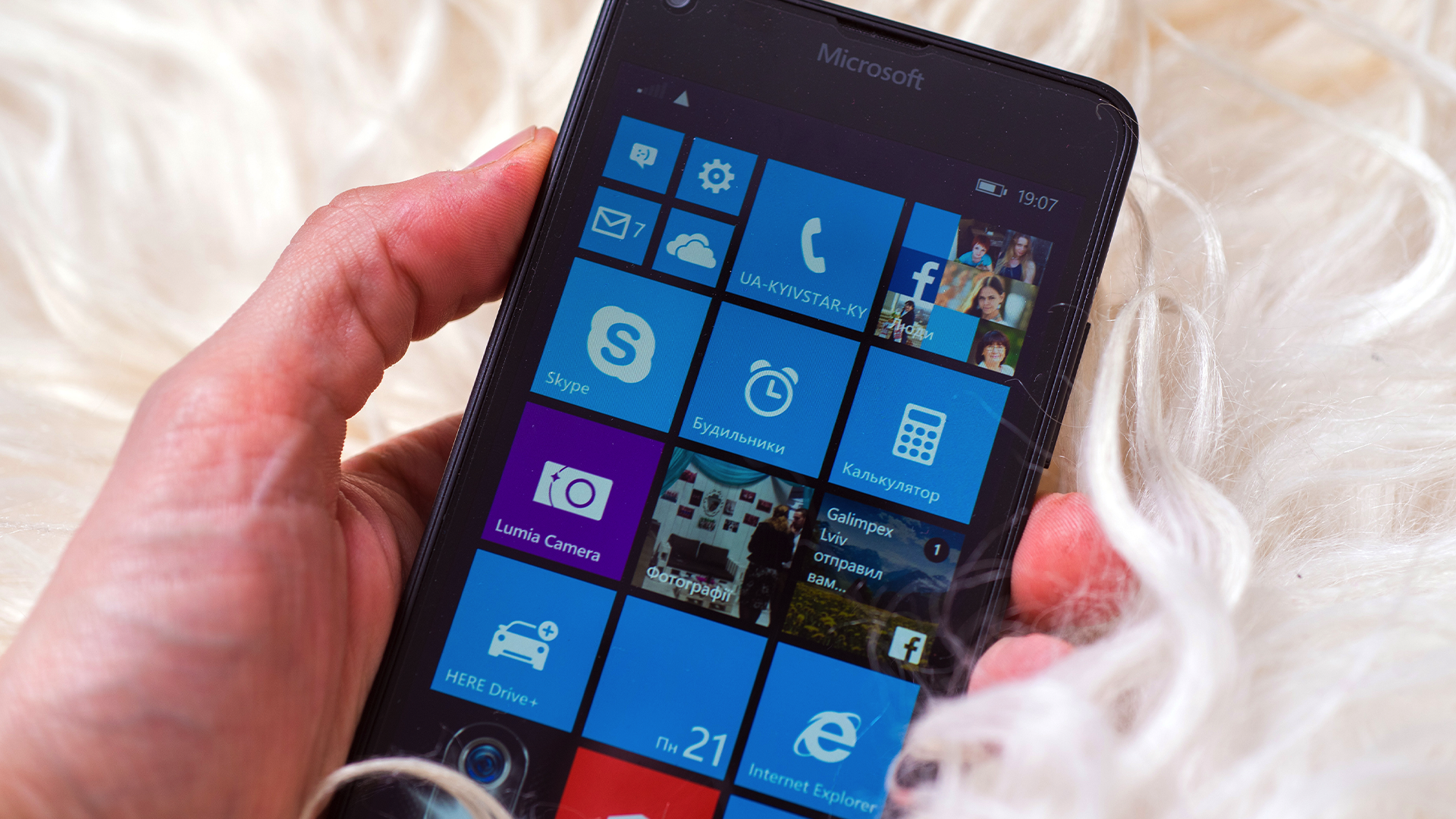From the early days of Microsoft Basic and MS-DOS to the modern era of Windows 11 and Copilot, Microsoft has come a long way. However, along its journey, it has faced many setbacks that have cost the company billions. We’re going to look at some of those mistakes, and what the tech giant has learned from them.
Windows 8 – Updating Too Much Too Fast
With Windows 8, Microsoft overhauled the operating system to provide a unified experience across all devices. One major change was replacing the traditional Start menu with a Start screen featuring live tiles, targeting the growing touch-screen device market. However, these drastic interface changes disrupted long-time desktop users, including myself.
Windows 8 was widely panned as one of the worst Windows versions, and didn’t meet expected adoption rates. After facing backlash from users, Microsoft recognized that making too many changes rapidly was counterproductive. They addressed these concerns by reintroducing familiar features in Windows 8.1, an upgrade that helped to partially restore their reputation.
Learning from the harsh experience of Windows 8, Microsoft understood the importance of gradual evolution and retaining beloved features. This approach was evident in Windows 10, which blended the best of Windows 7 and Windows 8. Even in Windows 11, the company has avoided significant changes from Windows 10.
Not Innovating Internet Explorer
Launched in 1995, Internet Explorer (IE) was a web browser developed by Microsoft. Due to the fact that it was bundled with the Windows operating system, the browser secured a vast user base and maintained market dominance for years. However, Microsoft’s complacent attitude led to a lack of innovation in IE, and issues related to security and speed began to surface.
As development lagged, vulnerabilities plagued the browser, allowing more agile competitors like Google Chrome (mostly) and Mozilla Firefox to capture an enormous portion of the market.
Although Microsoft could never fully revive Internet Explorer’s former glory, this experience informed the development of Microsoft Edge—a more standards-compliant, secure, and high-performing browser. To avoid past mistakes, Microsoft has committed to continuous innovation with Edge.
Microsoft’s decision to rebuild Edge on the popular Chromium engine in 2020 reflects its commitment to learning from past experience.
Windows Phone – Lack of Developer Support
Microsoft made a bid to break into the smartphone market by introducing Windows Phone in 2010. With its unique tile-based interface and numerous cutting-edge features, it aimed to compete with iOS and Android. Microsoft’s entry came late, making it challenging to gain traction against the already-established giants.
Because of the small user base, developers didn’t see much reason to make apps for Windows Phone, and many popular apps never made it to the platform. Unlike Apple, which controls the hardware and software tightly, Windows Phone had to contend with a variety of hardware configurations from different manufacturers.
Despite incurring billions in losses, Microsoft continued to compete in the mobile space by acquiring Nokia’s mobile division. This costly acquisition didn’t pay off as expected. These experiences taught Microsoft the importance of early market entry, strong hardware-software integration, and support from OEMs.
After this particularly costly lesson, Microsoft shifted focus away from mobile hardware to building and improving cross-platform services and applications like Office and OneDrive. Microsoft launched these apps on iOS and Android, and they’re some of the company’s most significant successes.
Mixer – Competing With Top Players
Initially named Beam, Mixer was a live-streaming platform that Microsoft acquired to compete with Twitch and YouTube Gaming. Despite offering low-latency streaming and better tech, Mixer struggled to gain a decent market share due to the dominance of existing players.
The company attempted to attract viewers by making exclusive deals with top gamers like Shroud but failed to build a robust community of viewers and streamers. Mixer’s late market entry hindered its user growth, leading to its shutdown in 2020.
The experience with Mixer taught Microsoft valuable lessons about the challenges of entering established markets. With Mixer’s closure, Microsoft partnered with Facebook Gaming to help its streamers transition to a new platform, supporting its community while redirecting resources to other strategic areas.
Since then, Microsoft never ventured into live-streaming again, and instead focused on improving its other platforms and services.
Clippy – Bothersome and Unhelpful Assistant
Clippy, also known as Clippit, was a virtual assistant introduced in Office 97. It was meant to help users with tasks but often misinterpreted their intentions and popped up uninvited. Instead of being helpful, users found it intrusive and annoying. Due to the negative impact on the Microsoft Office experience, it was removed in Office 2007.
Despite learning from Clippy’s failure, Microsoft did not fully apply these lessons to later projects like Cortana. Though less intrusive, Cortana struggled with user adoption due to limited functionality and integration compared to its competitors. The persistent oversight in understanding user needs contributed to Cortana’s failure.
To avoid the mistakes of earlier assistants, Microsoft has introduced Copilot (their AI assistant) in a much more timely fashion, and has integrated it across most of its products and services. However, Copilot is facing some resistance from users, similar to some other AI assistants on the market.
Will Copilot be able to achieve the balance between helpfulness and unobtrusiveness that users desire? Will Copilot succeed where Clippy and Cortana failed?
Zune – Late Entry and Lack of Differentiation
Launched in 2006, Zune was Microsoft’s digital media player, designed to capture the growing digital media space and compete with established products like Apple’s iPod. Despite featuring solid hardware and innovative functions like wireless syncing, Zune failed to capture significant market share.
Zune’s late market entry, at a point where the iPod was already well-established, hampered its success. A major contributing factor to Zune’s failure was the lack of a compelling ecosystem, similar to Apple’s iTunes, and its design did not innovate or offer more than what was already available from existing brands.
Learning from this failure, Microsoft has improved its approach to developing hardware products, like the Surface line. The company focused on improving hardware design, integrating ecosystems more effectively, and including unique and diverse features to better compete in the market.
These are some of the biggest mistakes Microsoft has made; they’ve cost the company billions of dollars, not to mention vast amounts of time, human resources, and credibility. While these errors have influenced future decisions, whether the company has fully assimilated all the lessons from its past mistakes remains to be seen.
The only real test will be whether Microsoft faces similar significant setbacks in the future.






